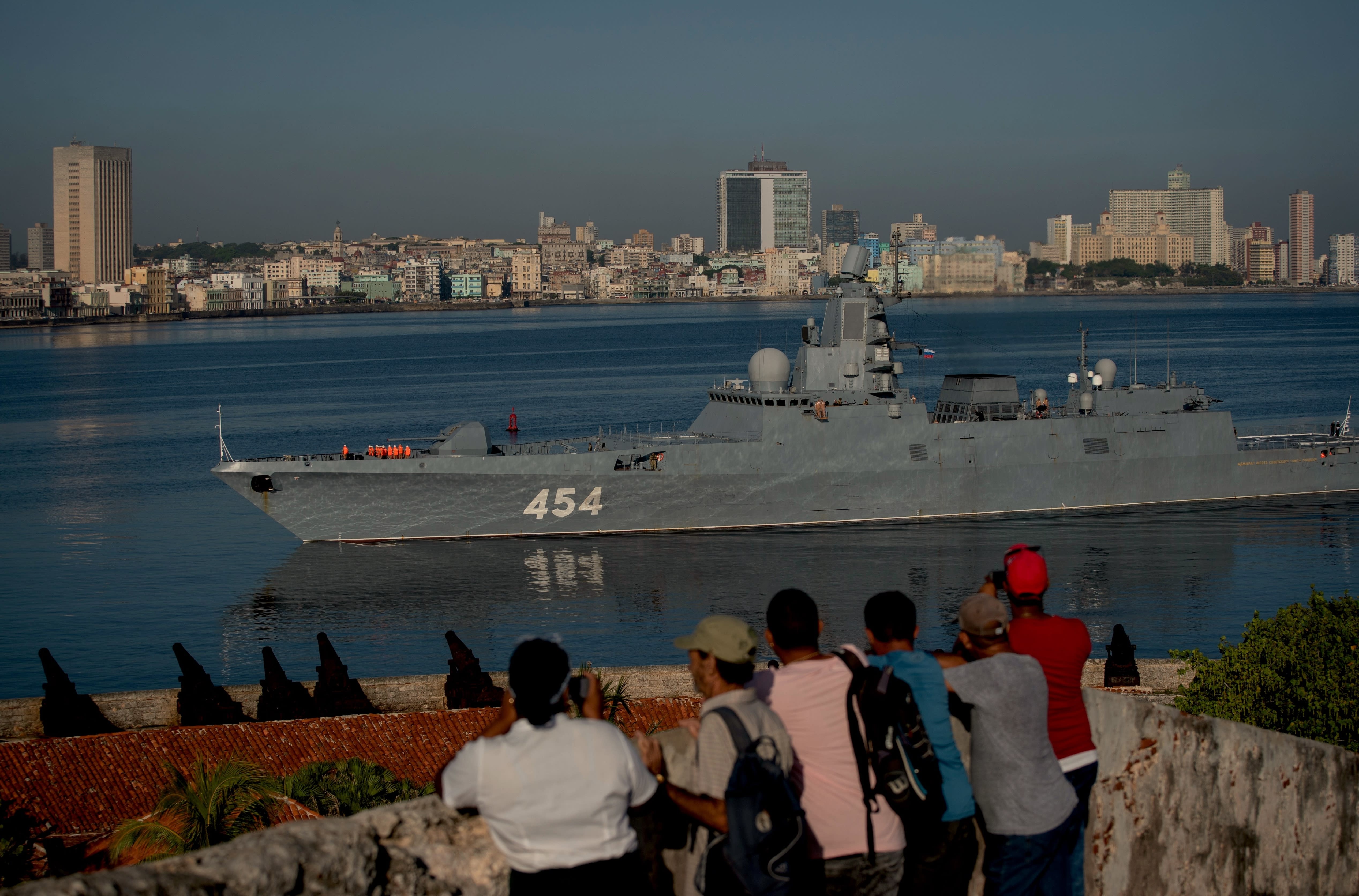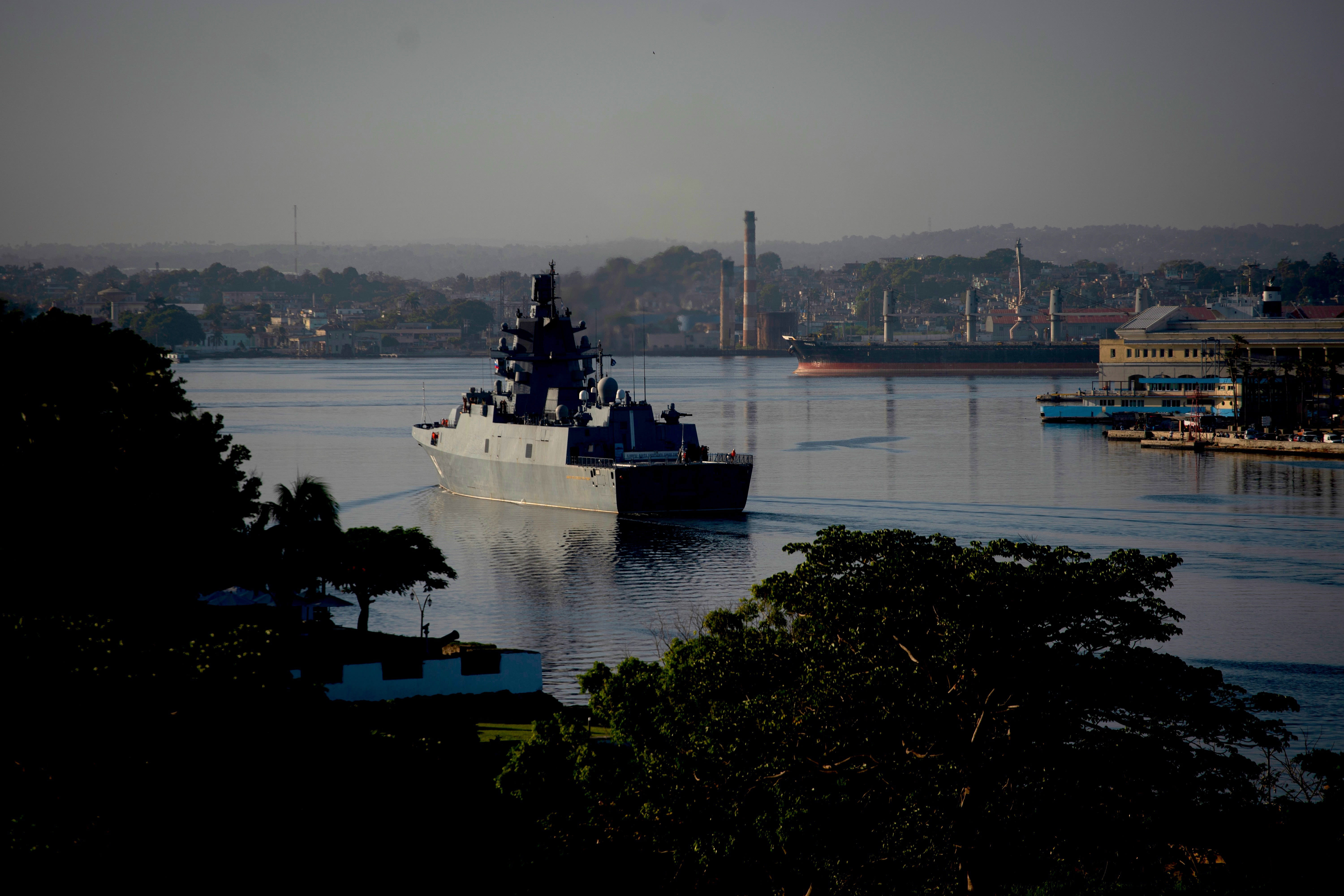Historical Presence and Influence
Russian navy cuba – The Russian navy has a long and significant history in Cuba. The first Russian naval base in Cuba was established in 1962, at the height of the Cold War. The base was used to support Soviet submarines and other naval vessels operating in the Caribbean Sea.
The recent deployment of the Russian navy to Cuba has raised concerns about a potential conflict in the region. While the situation is still developing, it is important to remember that social security recipients may be eligible for a $600 increase in their benefits.
To learn more about this potential increase, visit social security $600 increase ssdi. As the Russian navy continues to patrol near Cuba, it is essential to monitor the situation closely and hope for a peaceful resolution.
The Russian naval presence in Cuba declined after the collapse of the Soviet Union in 1991. However, Russia has maintained a small naval presence in Cuba ever since. In 2014, Russia and Cuba signed an agreement to allow Russian warships to use the port of Havana for repairs and maintenance.
Impact on Cuban Defense and Security
The Russian naval presence in Cuba has had a significant impact on Cuban defense and security. The Russian navy has provided Cuba with military assistance, including training and equipment. The Russian navy has also helped to protect Cuba from potential threats, such as invasion or blockade.
Strategic Cooperation and Exercises: Russian Navy Cuba

The Russian and Cuban navies have engaged in strategic cooperation and joint exercises, strengthening their military ties and enhancing their operational capabilities.
Joint naval exercises between the two countries have served as platforms for enhancing interoperability, sharing best practices, and developing common operational procedures. These exercises have focused on various aspects of naval warfare, including anti-submarine warfare, surface warfare, and air defense.
Benefits of Cooperation
- Enhanced operational capabilities for both navies
- Improved interoperability and coordination
- Development of joint operational procedures
- Strengthened military ties between Russia and Cuba
Implications of Cooperation
- Increased Russian naval presence in the Caribbean Sea
- Potential for increased tensions with the United States
- Enhanced Cuban defense capabilities
li>Expanded Russian influence in the region
Regional and Global Implications
The Russian navy’s presence in Cuba has far-reaching implications that extend beyond the Caribbean region. It has the potential to reshape geopolitical dynamics and raise security concerns on a global scale.
One of the primary implications is the potential for increased tensions between Russia and the United States. The two countries have a long history of rivalry, and the presence of Russian naval assets in close proximity to US shores could be seen as a provocation. This could lead to an escalation of tensions and increase the risk of conflict.
Geopolitical Shifts
The Russian navy’s presence in Cuba could also lead to geopolitical shifts in the region. Cuba has traditionally been within the US sphere of influence, and the presence of Russian naval assets could challenge that dominance. This could lead to a reassessment of regional alliances and partnerships, as countries seek to adjust to the new balance of power.
Security Concerns, Russian navy cuba
The Russian navy’s presence in Cuba also raises security concerns for countries in the region. Some countries may see the presence of Russian naval assets as a threat to their security, and this could lead to increased military spending and tensions. Additionally, the presence of Russian naval assets could be used to support intelligence-gathering operations or other activities that could undermine regional stability.
Regional Stability
Despite the potential for increased tensions and security concerns, the Russian navy’s presence in Cuba could also contribute to regional stability. By providing a counterbalance to US naval dominance in the region, Russia could help to prevent the United States from exerting excessive influence over regional affairs. Additionally, the presence of Russian naval assets could deter other countries from taking aggressive actions in the region.
The Russian Navy’s presence in Cuba during the Cold War was a tense standoff that brought the world to the brink of nuclear war. But amidst the political posturing and military threats, a more human story unfolded on the island’s shores.
Like a tragic footnote to the geopolitical drama, a young woman ventured too close to a treacherous quicksand beach, and her life was swallowed up in its unforgiving depths. The story of her disappearance serves as a poignant reminder of the fragility of life and the unseen dangers that lurk beneath the surface of even the most idyllic settings.
As the Russian Navy sailed away, leaving behind a legacy of tension and mistrust, the memory of the woman swallowed by quicksand remained a haunting testament to the human cost of conflict.
The Russian Navy’s presence in Cuba has been a topic of concern for the United States for decades. However, recent developments in the region, such as the upcoming Copa America 2024 , have raised new questions about the future of the Russian Navy’s presence in Cuba.
While the tournament is expected to bring in a large number of tourists and boost the local economy, it also raises concerns about the potential for increased Russian influence in the region.
The presence of the Russian navy in Cuba during the Cold War was a major source of tension between the United States and the Soviet Union. Similarly, the ongoing conflict between the United States and Colombia over drug trafficking and terrorism has been a source of tension in the region.
While the Russian navy’s presence in Cuba has diminished since the end of the Cold War, the conflict between the United States and Colombia continues to be a major issue. Read more about the history of the conflict between the United States and Colombia.
The Russian Navy’s presence in Cuba during the Cold War was a major flashpoint between the United States and the Soviet Union. However, in the realm of sports, a different kind of rivalry was brewing between Brazil and Mexico. Brazil vs Mexico matches have captivated soccer fans for decades, with each team showcasing their unique styles and passionate fan bases.
Despite the geographical distance between Cuba and the soccer fields of Brazil and Mexico, the intensity and drama of both conflicts left an indelible mark on their respective histories.

